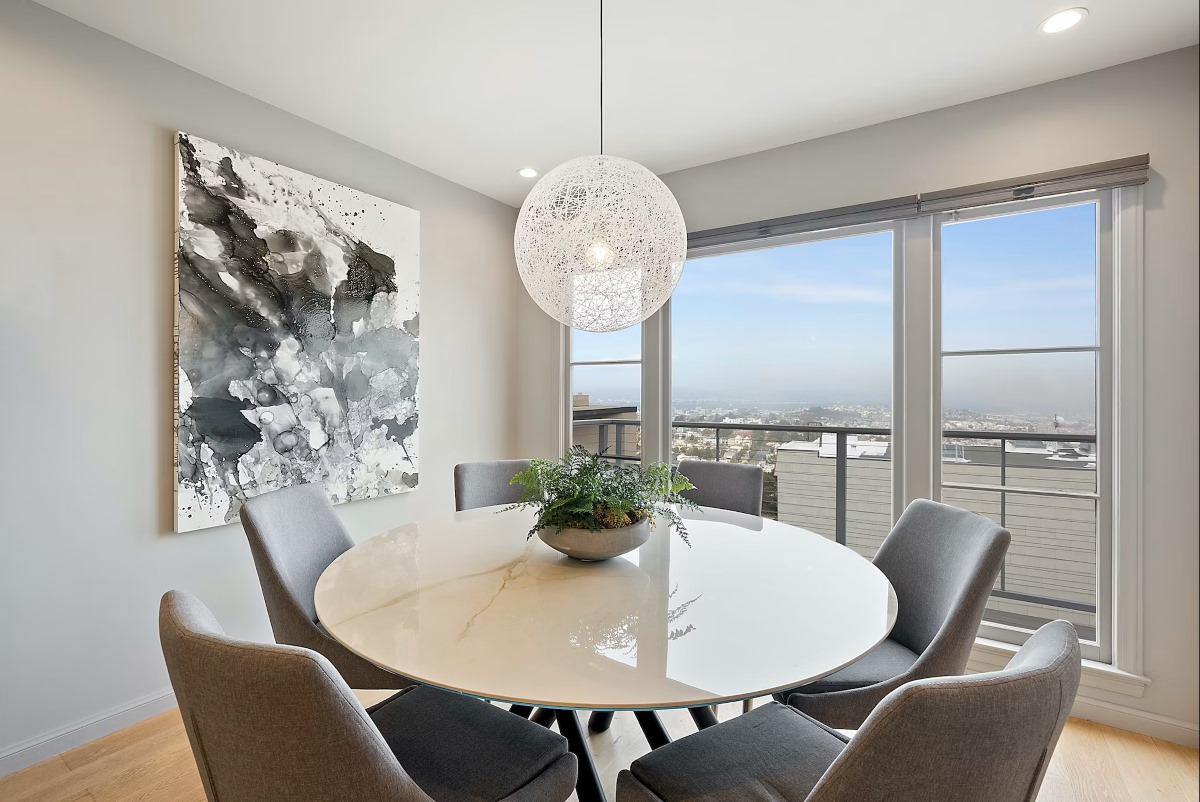

Articles
What Is A Dining Room
Modified: August 28, 2024
Discover everything you need to know about dining rooms in these informative articles. Get inspiration and tips for creating the perfect space for meals and gatherings.
(Many of the links in this article redirect to a specific reviewed product. Your purchase of these products through affiliate links helps to generate commission for Storables.com, at no extra cost. Learn more)
Introduction
A dining room is more than just a space in a house where people gather to have a meal. It is a place where families and friends come together to share food, stories, and laughter. It is a room that holds memories of joyous celebrations and heartfelt conversations.
But what exactly is a dining room? In simple terms, a dining room is a dedicated space within a house or apartment where meals are consumed. It is typically furnished with a dining table, chairs, and other furniture items that facilitate comfortable dining. The dining room is often connected to the kitchen, making it convenient for serving and clearing dishes.
Over the years, the concept of dining rooms has evolved, and their purpose has expanded beyond just eating. Today, dining rooms are a reflection of personal taste and style, serving as a gathering place for various activities like working, studying, and socializing.
In this article, we will delve deeper into the definition, purpose, location, design, and trends associated with dining rooms. Whether you have a formal dining room or a cozy breakfast nook, this article aims to inspire and guide you in creating a space that is functional, inviting, and aesthetically pleasing.
Key Takeaways:
- The dining room is more than just a space for meals; it’s a place for creating connections, showcasing personal style, and embracing multifunctional trends, making it an integral part of any home.
- From open-concept layouts to statement lighting and mixing textures, current dining room trends reflect a desire for personalized and unique spaces that go beyond traditional formal dining areas.
Read more: What Is In A Dining Room?
Definition of a Dining Room
A dining room is a designated area within a residence that is specifically arranged and furnished for the purpose of dining. It is a space where meals are shared, conversations flow, and connections are strengthened. While the concept of a dining room may vary across cultures and architectural styles, the fundamental essence remains the same – a place for communal eating.
Dining rooms can range in size and shape, from grand formal spaces to intimate nooks. They are typically located adjacent or near the kitchen for ease of serving and access to food. However, with changing lifestyle trends, dining rooms can also be found in other areas of the house, such as open-plan living spaces or even outdoor patios.
The primary feature of a dining room is the dining table, which serves as the centerpiece of the space. Dining tables come in various shapes and sizes, such as rectangular, round, or square, and can be made from materials like wood, glass, or metal. The dining table is accompanied by chairs, providing seating for the occupants.
In addition to the table and chairs, a dining room may also include other furniture pieces like a sideboard or buffet, which provide storage for dishes, cutlery, and linens. Decorative elements such as lighting fixtures, artwork, and rugs can be added to enhance the ambiance and aesthetics of the room.
While the primary function of a dining room is to facilitate eating, it is also a space that fosters connection and social interaction. It is a place where families gather for meals, friends come together to celebrate special occasions, and guests are welcomed with warmth and hospitality. The dining room holds the power to create lasting memories and forge strong bonds through shared experiences.
Ultimately, the definition of a dining room extends beyond its physical attributes. It encompasses the emotions, connections, and sense of togetherness that it brings to those who gather within its walls. Whether formal or informal, lavish or modest, a dining room is a vital space in a home that nourishes both the body and the soul.
Purpose of a Dining Room
The purpose of a dining room goes beyond simply providing a space to eat. It serves as a hub for various activities and fulfills numerous functions within a home. Let’s explore some of the key purposes of a dining room:
- Enjoying Meals: The primary purpose of a dining room is to provide a dedicated area for enjoying meals. It offers a comfortable and designated space where individuals and families can come together to share a meal and engage in conversation. Whether it’s a quick breakfast, a cozy family dinner, or a festive holiday feast, the dining room creates an atmosphere that enhances the dining experience.
- Creating Connections: The dining room acts as a gathering place where connections are strengthened and relationships are nurtured. It provides an opportunity for family members to come together, away from distractions, and engage in meaningful conversations. It also offers a space to entertain guests and host dinners, creating a sense of hospitality and fostering social bonds.
- Entertaining: Dining rooms are often used for entertaining guests, whether it’s a formal dinner party or a casual get-together. The layout and design of the dining room can be tailored to accommodate larger gatherings, allowing hosts to create a welcoming and comfortable environment for their guests. From elegant table settings to ambient lighting, the dining room sets the stage for memorable gatherings and special occasions.
- Working and Studying: In many households, the dining room serves as a multi-functional space beyond meal times. It can be transformed into a productive workspace or study area during the day. The large table provides ample surface area for spreading out books, laptops, and work materials. The quiet and private atmosphere of the dining room can be conducive to concentration and productivity.
- Showcasing Personal Style: The design and decor of the dining room offer an opportunity to showcase personal style and creativity. From choosing the right furniture to selecting lighting fixtures, artwork, and accessories, individuals can express their unique tastes in their dining room. Whether it’s a cozy farmhouse aesthetic, a sleek and modern design, or an eclectic mix of styles, the dining room becomes a reflection of personal style and adds character to the home.
Overall, the purpose of a dining room is to provide a space where individuals and families can come together, share meals, create connections, and enjoy the experience of dining. It serves as a versatile area that adapts to various needs and functions, making it an integral part of any home.
Location of a Dining Room
The location of a dining room within a house or apartment can vary depending on factors such as the architectural layout, personal preferences, and available space. While traditionally, dining rooms were situated close to the kitchen for convenience, modern design trends have expanded the possibilities. Here are a few common locations for dining rooms:
- Adjacent to the Kitchen: This is the most common and traditional location for a dining room. Placing the dining room adjacent to the kitchen allows for easy access to food and simplifies the process of serving and clearing dishes. It creates a seamless flow between the two spaces, making it convenient for both cooking and dining activities. This arrangement is often seen in older homes or those with a more formal dining setup.
- Open-Plan Living: In contemporary design, open-plan living spaces have become increasingly popular. These layouts combine the living room, dining area, and kitchen into one large, multifunctional space. In this case, the dining room is not confined to a separate room but rather blends seamlessly with the living area. This layout encourages interaction and creates a sense of openness and connectivity, allowing for flexibility in furniture arrangement and a more relaxed dining experience.
- Separate Formal Dining Room: In larger homes or those with a more formal style, a separate and dedicated formal dining room is often included. These rooms are generally larger, with ample space for a large dining table, chairs, and additional furniture like buffets or sideboards. Formal dining rooms are often located near the main entrance or other central areas of the house, making a grand statement and setting the stage for formal gatherings and special occasions.
- Outdoor Dining Area: For those who enjoy al fresco dining and have suitable climate conditions, an outdoor dining area can be a wonderful option. Patios, balconies, or backyard spaces can be transformed into beautiful dining areas, allowing individuals to enjoy their meals surrounded by nature and fresh air. Outdoor dining areas can be designed with comfortable seating, shade structures, and even outdoor kitchens, creating a seamless extension of the indoor living space.
- Flexible Spaces: With the rise of multipurpose living, dining rooms are often incorporated into flexible spaces that serve multiple functions. For example, a dining area can be integrated into a kitchen island or a breakfast nook, providing an informal and casual dining experience. This arrangement works well for smaller homes or open-plan layouts where every inch of space is utilized efficiently.
Ultimately, the location of a dining room depends on the specific needs and preferences of the homeowner. It is important to consider factors such as the size of the space, lifestyle habits, and the desired atmosphere when determining the most suitable location for a dining room within a home.
Design and Layout of a Dining Room
The design and layout of a dining room play a crucial role in creating an inviting and functional space. A well-designed dining room not only enhances the dining experience but also reflects the personal style and taste of the homeowner. Here are some key considerations for designing and laying out a dining room:
- Furniture Placement: The placement of furniture in a dining room is essential for creating a comfortable and functional space. The dining table should be the focal point and positioned in a way that allows easy movement around it. Chairs should be arranged in a way that provides adequate seating for all occupants and allows for comfortable movement in and out of the dining area.
- Space Planning: Determine the amount of space available and the number of people you expect to accommodate in your dining room. This will help you choose an appropriately sized dining table and ensure there is enough room for people to move around. It’s important to strike a balance between maximizing seating capacity and maintaining a comfortable and spacious ambiance.
- Lighting: Proper lighting is essential in creating the right atmosphere in a dining room. Consider a combination of ambient lighting (overhead light fixtures or chandeliers), task lighting (table lamps or pendant lights), and accent lighting (wall sconces or spotlights) to provide adequate illumination and create a warm, inviting ambiance. Dimmers can also be installed to adjust the lighting level based on the occasion and mood.
- Color Scheme: Choose a color scheme that complements the overall style and enhances the dining experience. Neutral colors like whites, grays, and beiges create a timeless and elegant look, while bold colors can add vibrancy and personality. Consider the psychology of colors and how different shades can evoke certain moods. Additionally, incorporate textures and patterns through upholstery, curtains, or rugs to add visual interest.
- Storage Options: Depending on the available space, consider incorporating storage options in your dining room. Buffets, sideboards, or display cabinets can offer not only practical storage solutions for dishes, glassware, and linens but also serve as decorative elements that showcase your personal style. Built-in shelves or floating shelves can be added to display artwork, collectibles, or books, adding personality to the room.
- Flow and Accessibility: It is important to consider the flow and accessibility of the dining room. Ensure there is enough space for individuals to move comfortably around the table and access chairs without obstruction. If the dining room is connected to other areas of the house, consider creating visual continuity through cohesive design elements like flooring, color schemes, or architectural details.
When designing and laying out a dining room, always keep in mind the functionality, aesthetics, and personal preferences. Take the time to explore different furniture and decor options, consider the size of the space, and create a cohesive design that reflects your personal style while ensuring a comfortable and enjoyable dining experience for yourself and your guests.
When designing a dining room, consider the size of the space, the number of people it will accommodate, and the overall style you want to achieve. Choose a dining table and chairs that fit the room and complement the decor. Lighting and storage are also important factors to consider.
Read more: What To Put In A Dining Room
Furniture and Decor in a Dining Room
The furniture and decor in a dining room not only contribute to the overall aesthetic but also play a crucial role in creating a comfortable and functional space. From the dining table and chairs to lighting fixtures and decorative elements, each piece adds character and style. Here are some key elements to consider when selecting furniture and decor for your dining room:
- Dining Table: The dining table is the centerpiece of the room and sets the tone for the entire space. Consider the size of your dining room and the number of people you plan to accommodate when choosing a dining table. Rectangular tables are versatile and can seat more people, while round tables promote a more intimate dining experience. The material and style of the table should complement the overall decor and reflect your personal taste.
- Dining Chairs: Dining chairs should be both comfortable and visually appealing. Opt for chairs that provide proper support and cushioning for extended periods of sitting. The design and material of the chairs should harmonize with the dining table and overall style of the room. Mix and match different chair styles or incorporate upholstered chairs for added comfort and texture.
- Storage Furniture: Consider incorporating storage furniture in your dining room to keep essential items within reach. Buffets, sideboards, or display cabinets offer storage space for dishes, glassware, linens, and other dining essentials. Choose pieces that complement the style of the room and provide a balance between functionality and aesthetics.
- Lighting Fixtures: Lighting is a crucial element in creating the right ambiance in your dining room. Consider installing a statement chandelier or pendant light above the dining table for a dramatic and elegant touch. Adjustable dimmers allow you to control the brightness based on the occasion. Additionally, wall sconces or table lamps can provide accent lighting and create a cozy atmosphere.
- Decorative Elements: Decorative elements add personality and enhance the visual appeal of a dining room. Consider incorporating artwork, mirrors, or wall decor to add interest to the walls. Table centerpieces, such as floral arrangements or candles, can create a focal point and add a touch of elegance to the dining table. Rugs, curtains, and window treatments can also contribute to the overall aesthetic and tie the room together.
- Tableware and Table Linens: The tableware and linens used in a dining room can make a significant impact on the overall presentation. Choose tableware that complements the style of your dining room, whether it’s classic porcelain, modern stoneware, or rustic pottery. Coordinate table linens, including tablecloths, napkins, and placemats, with the color scheme and theme of the room.
When selecting furniture and decor for your dining room, strive for a cohesive and harmonious look. Consider the scale and proportion of the furniture in relation to the size of the room, ensuring there is enough space for people to move comfortably. Pay attention to the materials, styles, and finishes to create a cohesive and visually appealing space that reflects your personal style and enhances the dining experience.
Dining Etiquette in a Dining Room
In addition to the design and decor, proper dining etiquette is essential in creating a pleasant and enjoyable dining experience. Whether you are hosting a formal dinner party or having a casual family meal, practicing good dining etiquette shows respect for others and enhances the overall atmosphere. Here are some key guidelines to follow:
- Table Setting: A properly set table is the foundation of a well-organized dining experience. Start by placing a clean and pressed tablecloth or placemats on the table. Set the table with appropriate cutlery, including forks on the left, knives on the right (with the cutting edge facing inward), and spoons on the right. The napkin can be folded or placed on the left side of the plate.
- Seating: The host or hostess should guide guests to their seats or allow them to choose their seats. Generally, the seating arrangement is such that the host sits at the head of the table, and the most honored guest is seated to their right. As a guest, it’s important to wait for the host’s guidance before taking your seat.
- Napkin Etiquette: When seated, unfold the napkin and place it on your lap. Use the napkin to gently blot your mouth, but avoid wiping or spreading it open on the table. When leaving the table temporarily, place the napkin loosely folded on the seat or to the left of your plate. At the end of the meal, leave the napkin to the left of your plate.
- Utensil Usage: Follow the general rule of working from the outside in when using utensils. Begin with the outermost cutlery for the first course and move inward with each subsequent course. Hold the cutlery with a comfortable grip and use them appropriately for cutting, spearing, or scooping food. Avoid clanging cutlery against the plate or making unnecessary sounds.
- Conversation and Etiquette: Engage in pleasant and considerate conversation during the meal. Use respectful language and avoid speaking with food in your mouth. Take turns speaking and listen attentively to others. Use utensils to pass food items, rather than reaching across the table. Avoid excessive use of mobile devices or distractions at the dining table.
- Chewing and Eating: Chew food with your mouth closed and avoid talking while chewing. Take small bites and savor the flavors of the dish. Pace yourself to match the speed of others at the table, rather than rushing or lingering excessively. Avoid slurping, smacking, or making loud noises while eating.
- Respecting Dietary Restrictions: If you have any dietary restrictions or allergies, inform your host in advance. As a host, be considerate of your guests’ dietary needs and offer alternative options when necessary. Always be mindful of any cultural or religious dietary preferences that your guests may have.
- Finishing the Meal: Once you have finished your meal, place your cutlery together on the plate in the 4 o’clock position (forks down, knife blade in). This indicates to the server that you have finished. It’s polite to thank the host or hostess for the meal and express your appreciation before leaving the dining area.
Practicing good dining etiquette not only shows respect for others but also creates a harmonious and enjoyable dining experience for everyone involved. By following these guidelines, you can ensure that meals in the dining room are not only delicious but also an opportunity for meaningful connections and pleasant conversations.
Dining Room Trends
The design and style of dining rooms have evolved over time, reflecting changing trends and preferences. Here are some current dining room trends that homeowners are embracing:
- Open Concept Layout: Open-concept living has become increasingly popular, and dining rooms are no exception. Many homeowners are opting for open layouts that combine the dining room, kitchen, and living area into one interconnected space. This setup allows for seamless flow and easy interaction between different areas, making the dining experience more inclusive and social.
- Statement Lighting: Lighting fixtures in dining rooms have become more than just a source of illumination; they are now seen as statement pieces. Grand chandeliers, oversized pendant lights, or unique and artistic light fixtures are being used to create a focal point and add a touch of elegance and drama to the dining room. These eye-catching lighting choices can transform the entire atmosphere and become a conversation starter.
- Mixing and Matching: Rather than sticking to a single furniture set, homeowners are increasingly drawn to the idea of mixing and matching different styles and materials. This trend allows for a more eclectic and personalized look in the dining room. Combining chairs in various designs, experimenting with different table finishes, or introducing contrasting elements can add visual interest and create a unique aesthetic.
- Natural Materials: There is a growing preference for natural and sustainable materials in dining room design. Furniture made from solid wood, such as oak or walnut, is favored for its durability and timeless appeal. Natural textures, such as rattan or wicker, can be incorporated through chairs or lighting fixtures. These elements bring warmth and organic charm to the dining room, creating a cozy and inviting atmosphere.
- Colorful Accents: While neutral color palettes have been a popular choice for dining rooms, there is an increasing trend towards incorporating pops of color. Bold and vibrant shades, such as deep blues, rich greens, or vibrant yellows, are being used as accent colors on walls, furniture, or decor items. These colors add personality and energy to the dining room, making it a lively and visually engaging space.
- Multipurpose Functionality: Dining rooms are no longer solely dedicated to meals. Many homeowners are transforming their dining spaces into versatile areas that can serve as home offices, study areas, or even lounges. Incorporating functional elements like built-in shelves, desks, or comfortable seating allows for a seamless transition between different activities, making the dining room a true multitasking space.
- Mix of Textures: Texture is playing a significant role in dining room design. Combining a variety of textures, such as smooth leather, plush velvet, rough natural fibers, and shiny metallic accents, adds depth and visual interest. From textured wallpaper or curtains to textured upholstery on chairs, these elements create a tactile and visually appealing experience in the dining room.
These dining room trends reflect a desire for personalized and unique spaces that go beyond the traditional notion of a formal dining area. By incorporating elements such as open layouts, statement lighting, mix of materials, and pops of color, homeowners can create dining rooms that are both stylish and functional, reflecting their individual tastes and lifestyles.
Conclusion
A dining room is more than just a space where meals are consumed; it is a place where memories are made, connections are forged, and personal style is showcased. From the design and layout to the furniture and decor, every aspect of a dining room contributes to its functionality and ambiance.
Throughout this article, we have explored the definition and purpose of a dining room, the various locations they can occupy within a home, and the essential elements that make up a well-designed dining room. We have also delved into the importance of observing proper dining etiquette and highlighted some current dining room trends.
Creating a dining room that suits your needs and preferences requires thoughtful consideration of factors such as space, furniture selection, lighting, and decor. Whether you choose a formal dining setup or opt for a more casual and multifunctional space, the ultimate goal is to create a warm and inviting atmosphere where meals can be enjoyed, conversations can flow, and connections can strengthen.
As dining room trends continue to evolve, it is important to remember that personal style and functionality should be at the forefront. Experiment with mixing and matching furniture, incorporating unique lighting options, and infusing pops of color and texture that resonate with your own aesthetic sensibilities.
By paying attention to dining etiquette, you can ensure that every dining experience in your dining room is respectful, enjoyable, and filled with meaningful interactions. Practicing proper table setting, seating, and conversation etiquette helps create a harmonious and welcoming environment for all.
In conclusion, a well-designed dining room is a reflection of your personal style, a space that brings people together, and a setting for unforgettable moments shared over meals. Whether it’s a formal affair or a casual gathering, a dining room holds the power to create lasting memories and foster connections that enrich our lives.
Frequently Asked Questions about What Is A Dining Room
Was this page helpful?
At Storables.com, we guarantee accurate and reliable information. Our content, validated by Expert Board Contributors, is crafted following stringent Editorial Policies. We're committed to providing you with well-researched, expert-backed insights for all your informational needs.
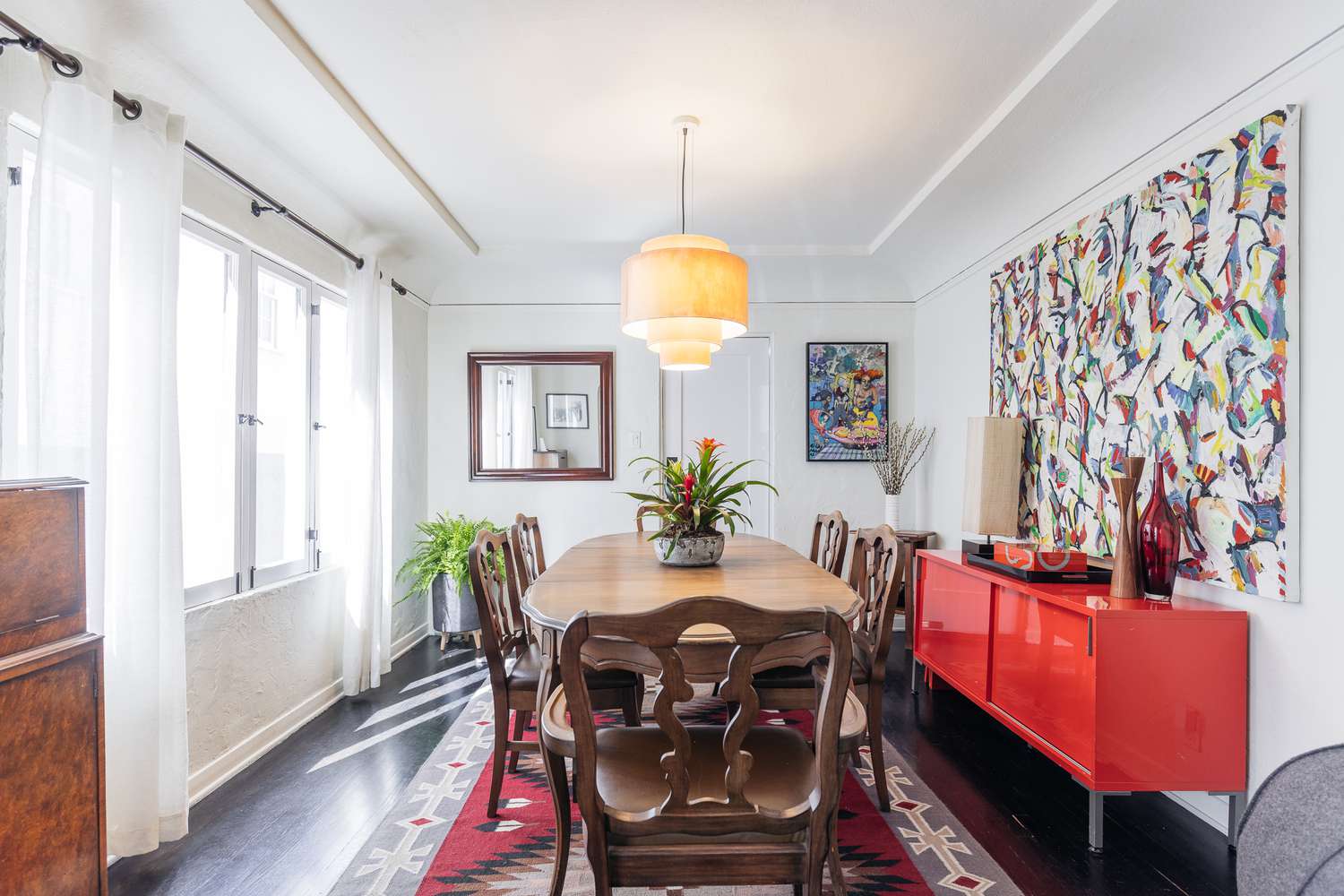
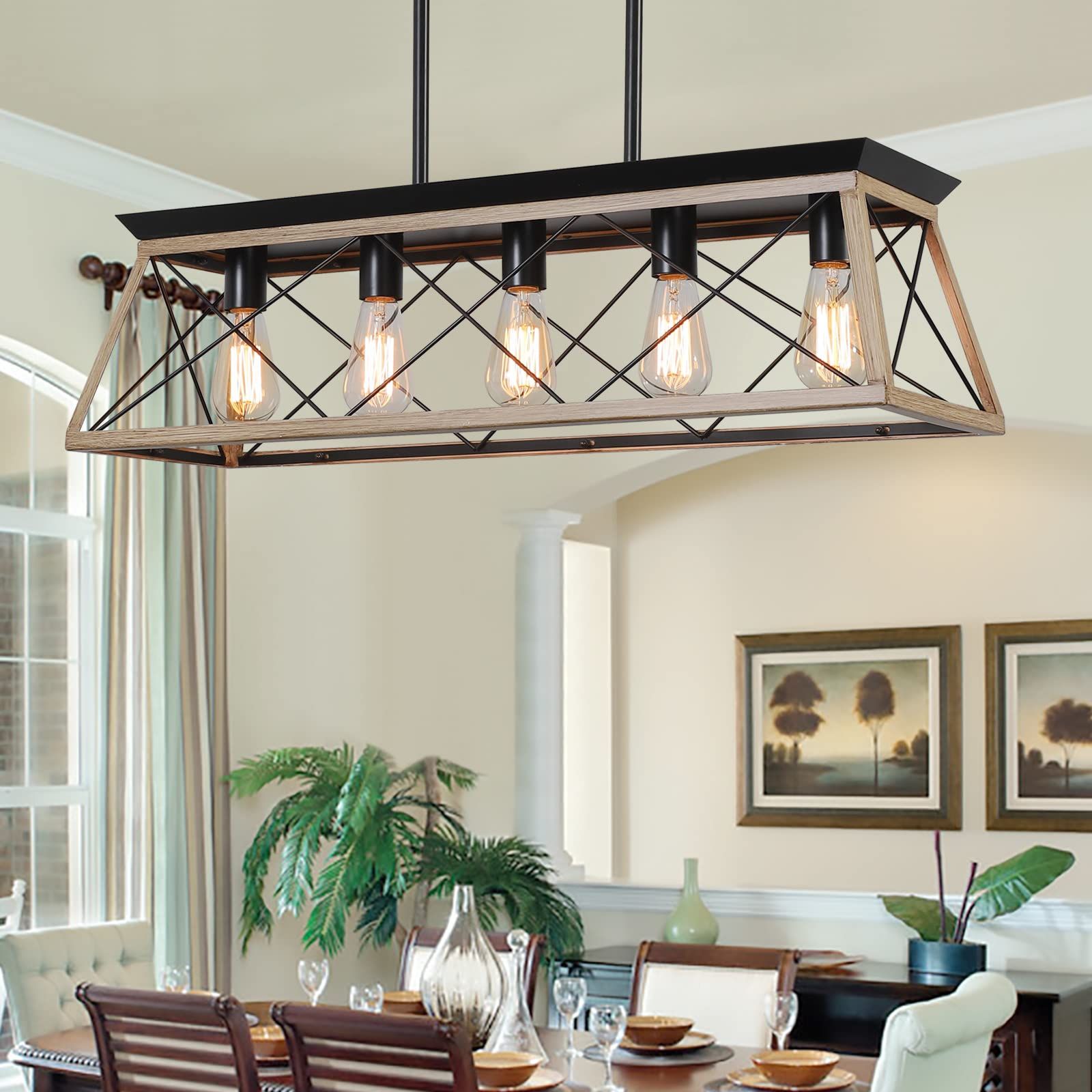
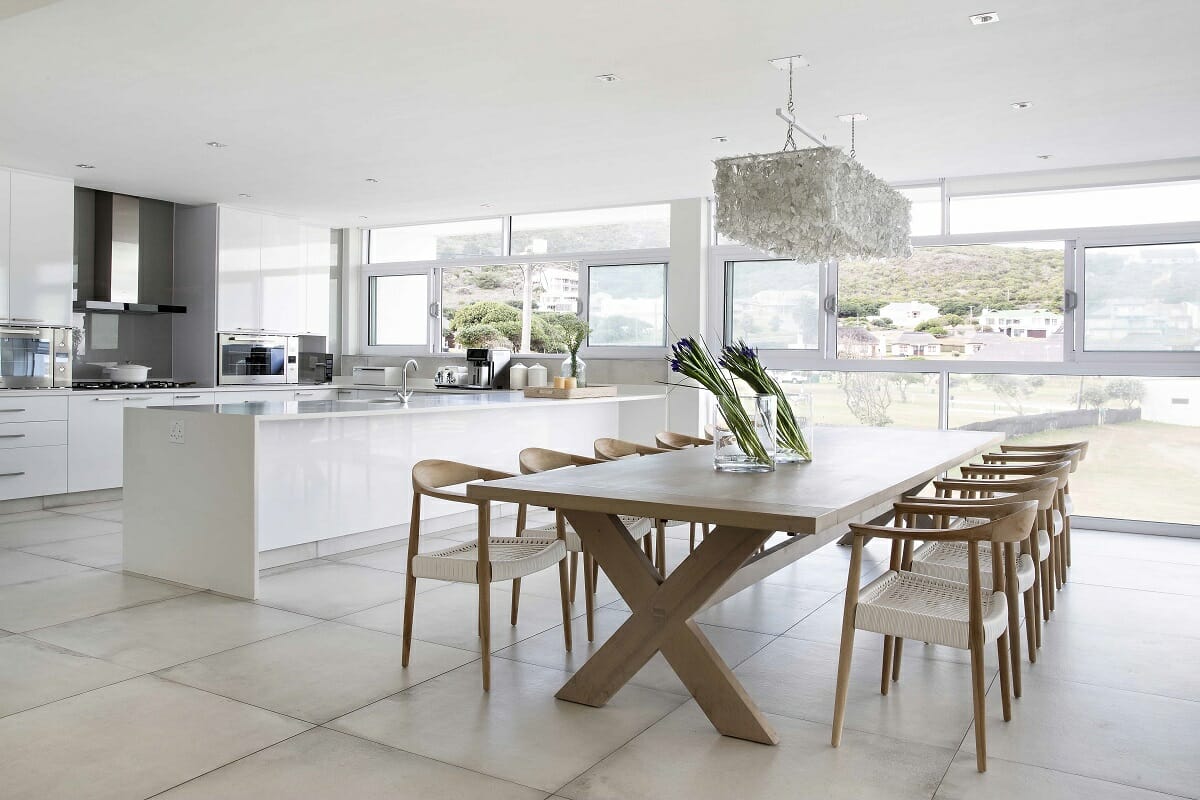
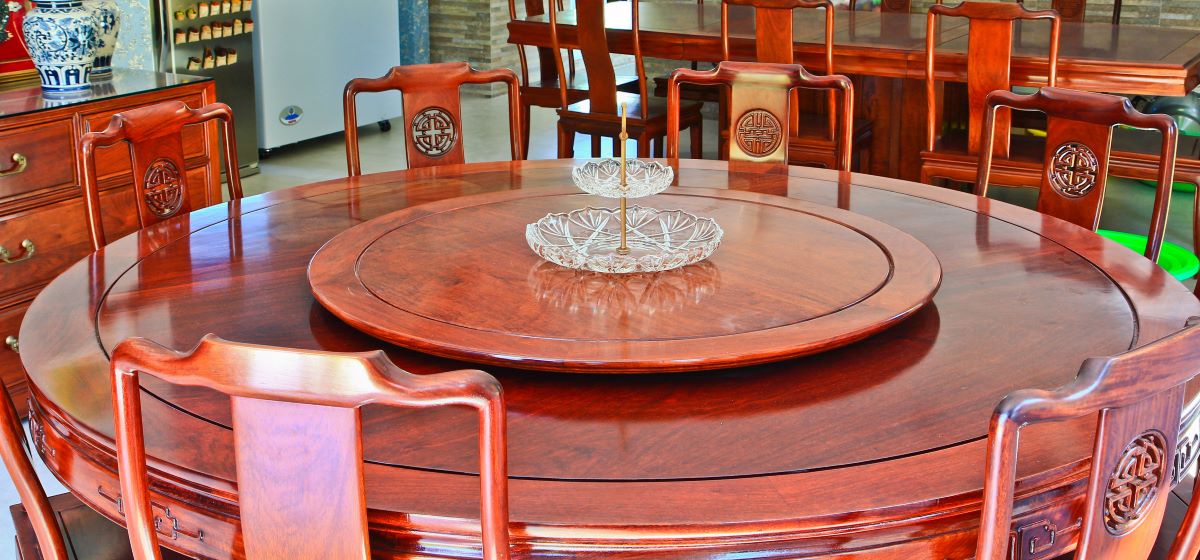
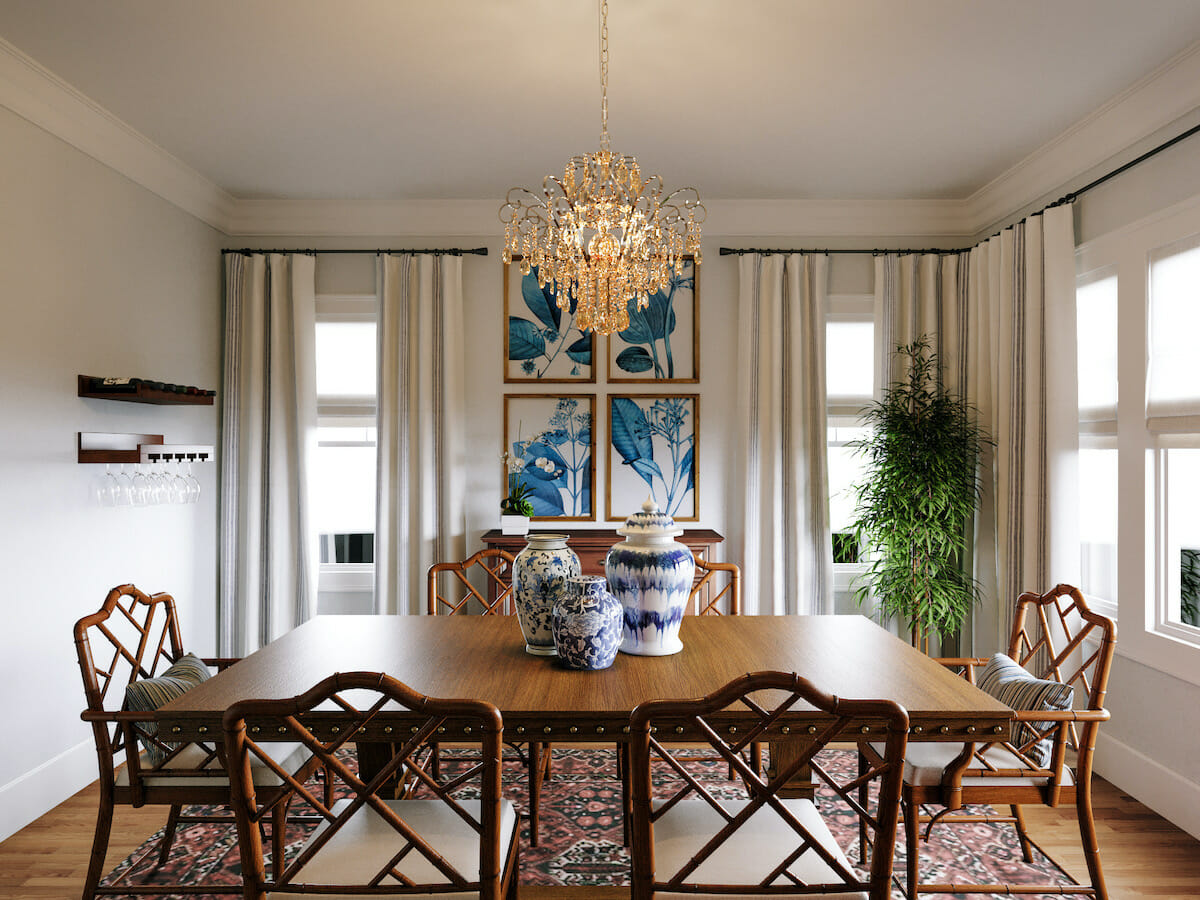
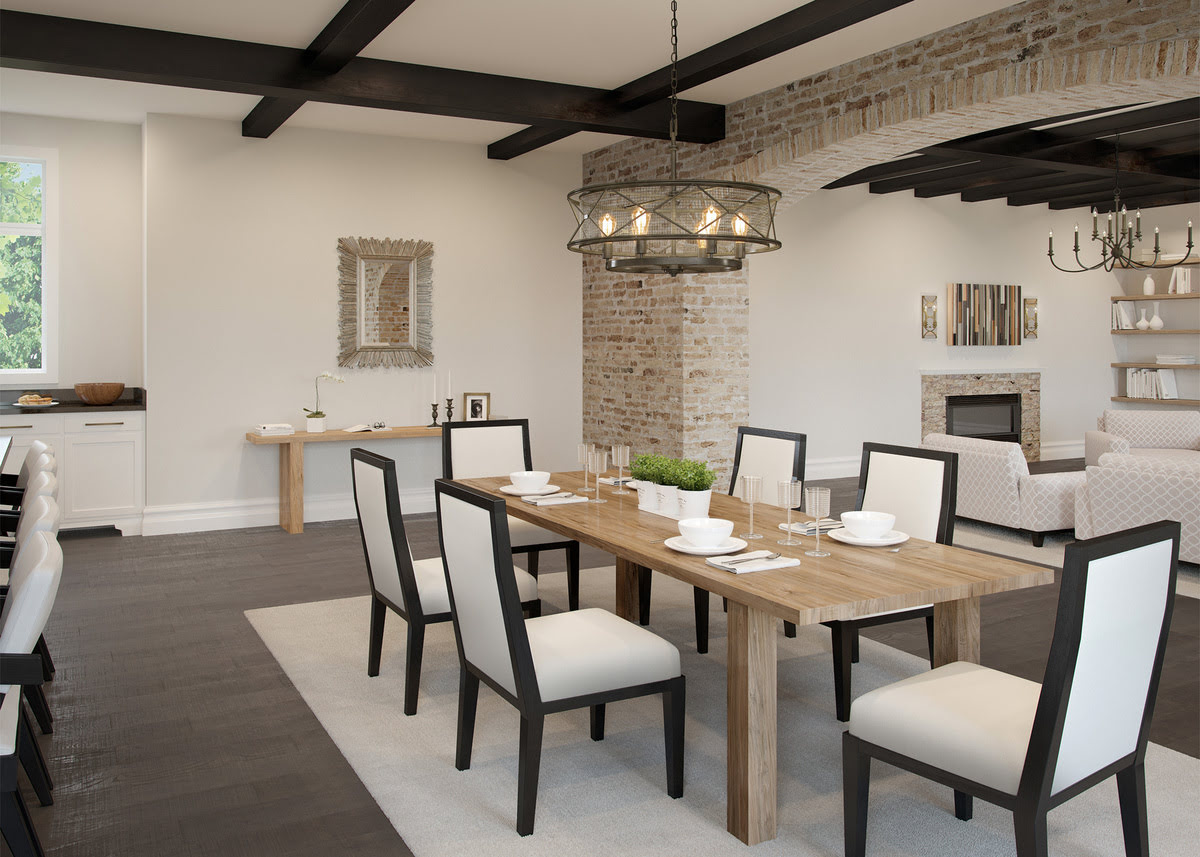
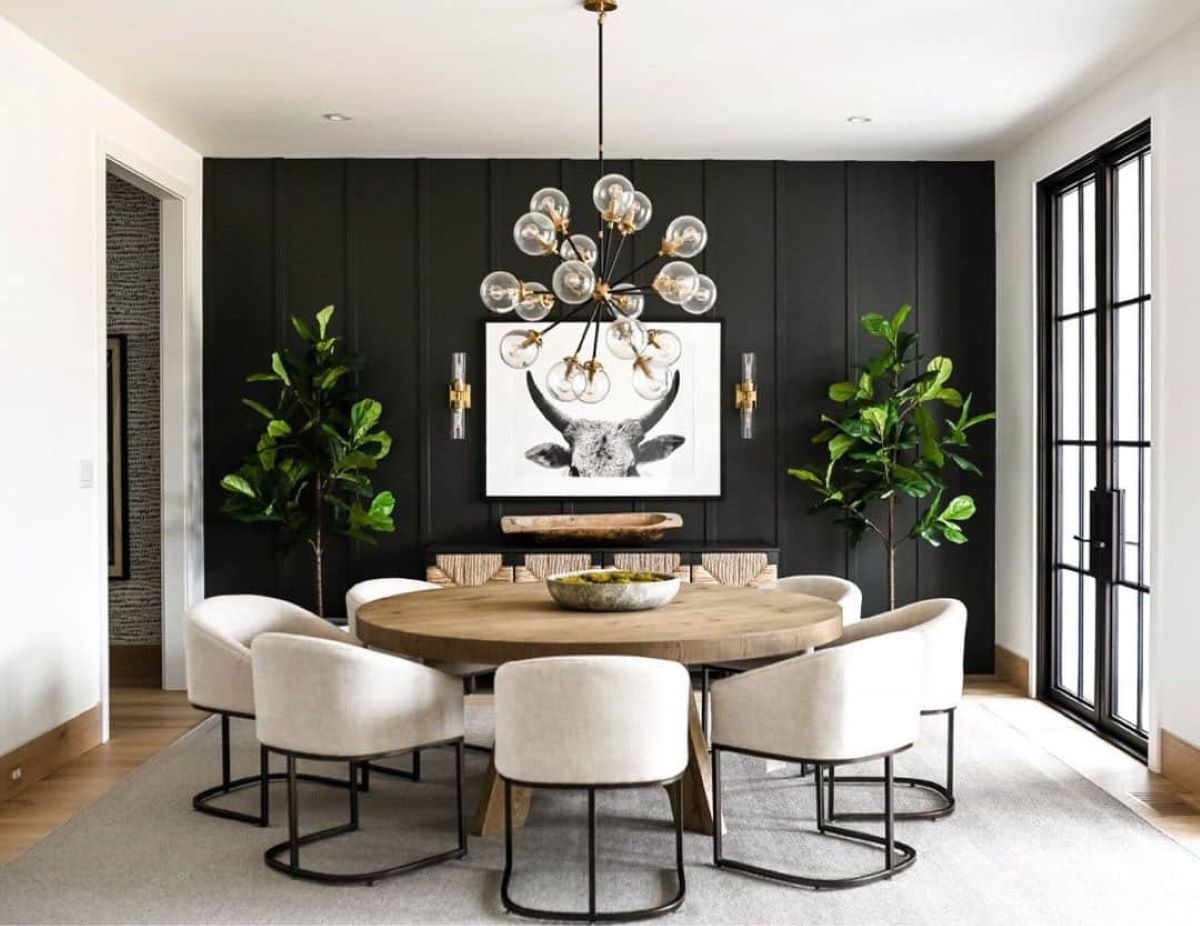
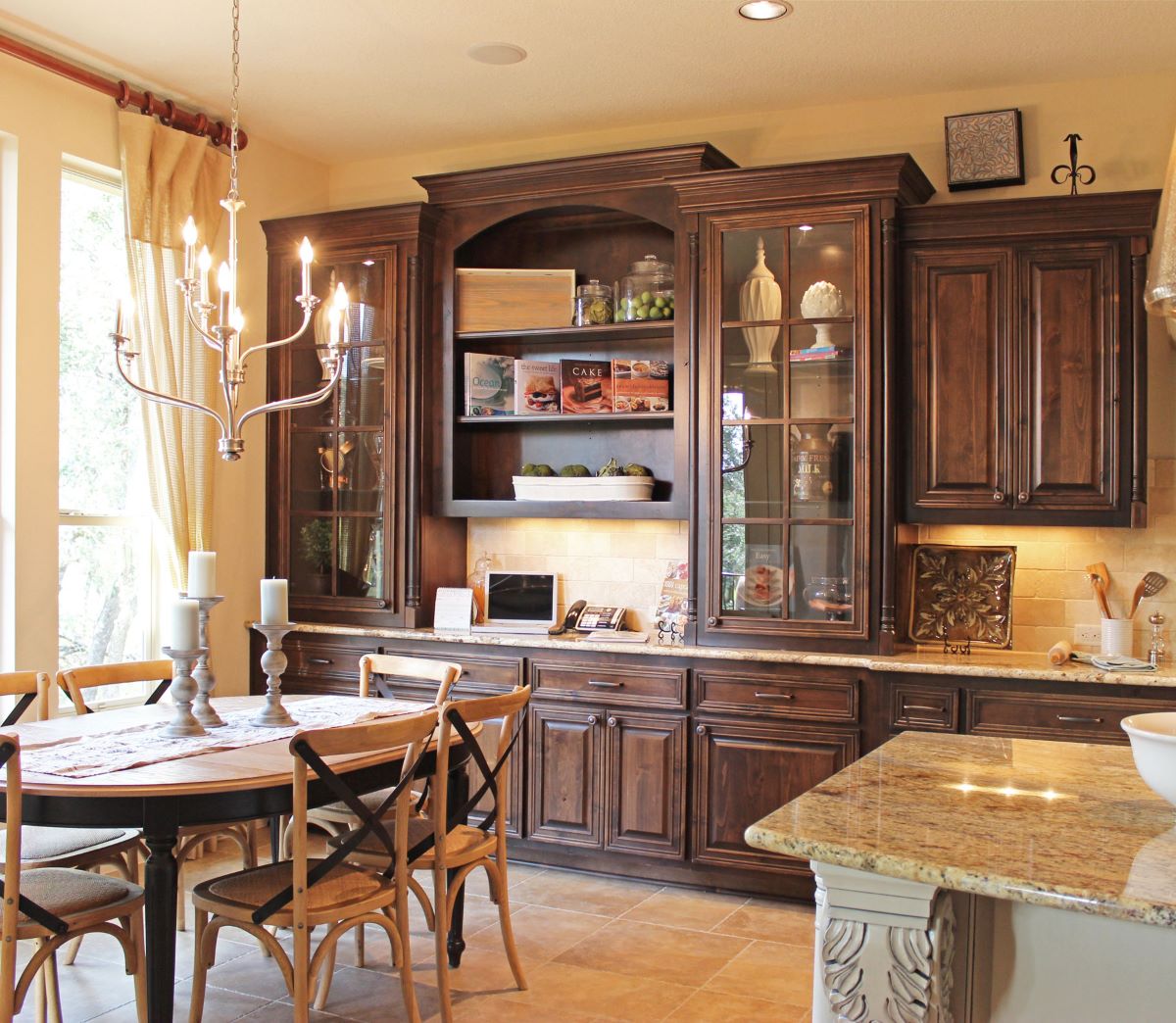
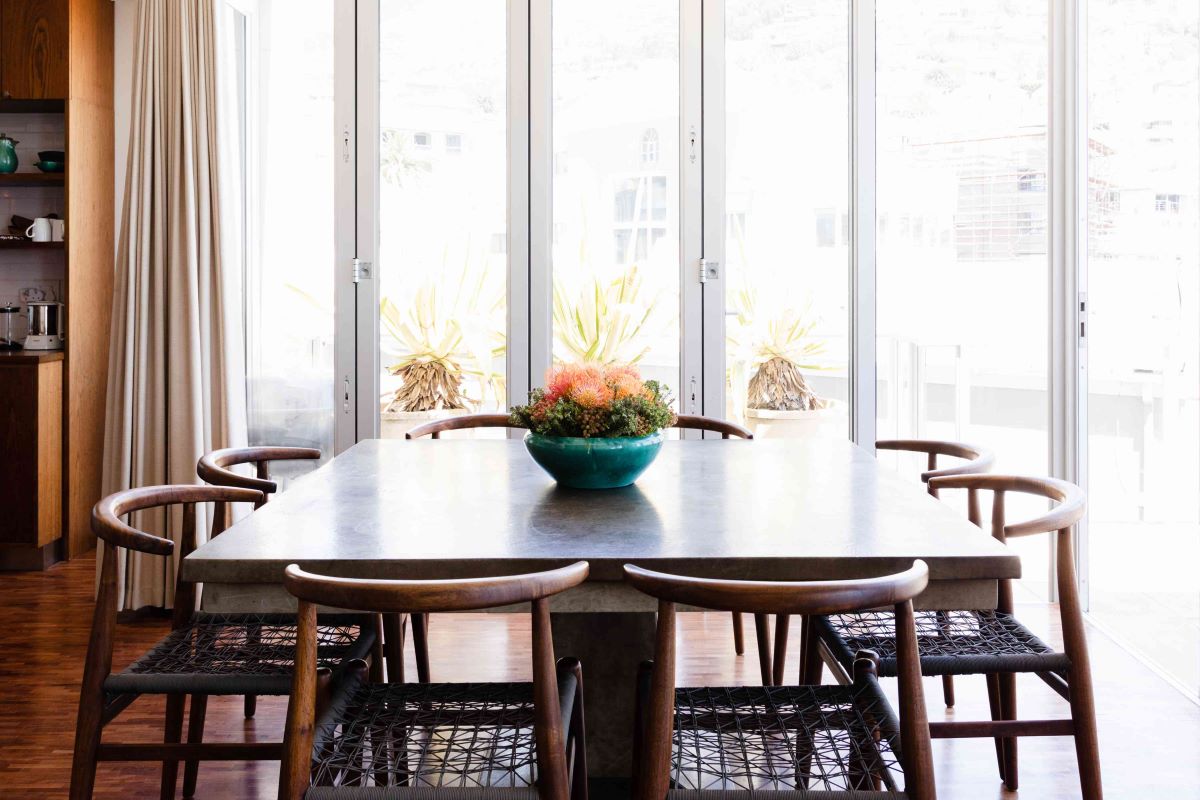
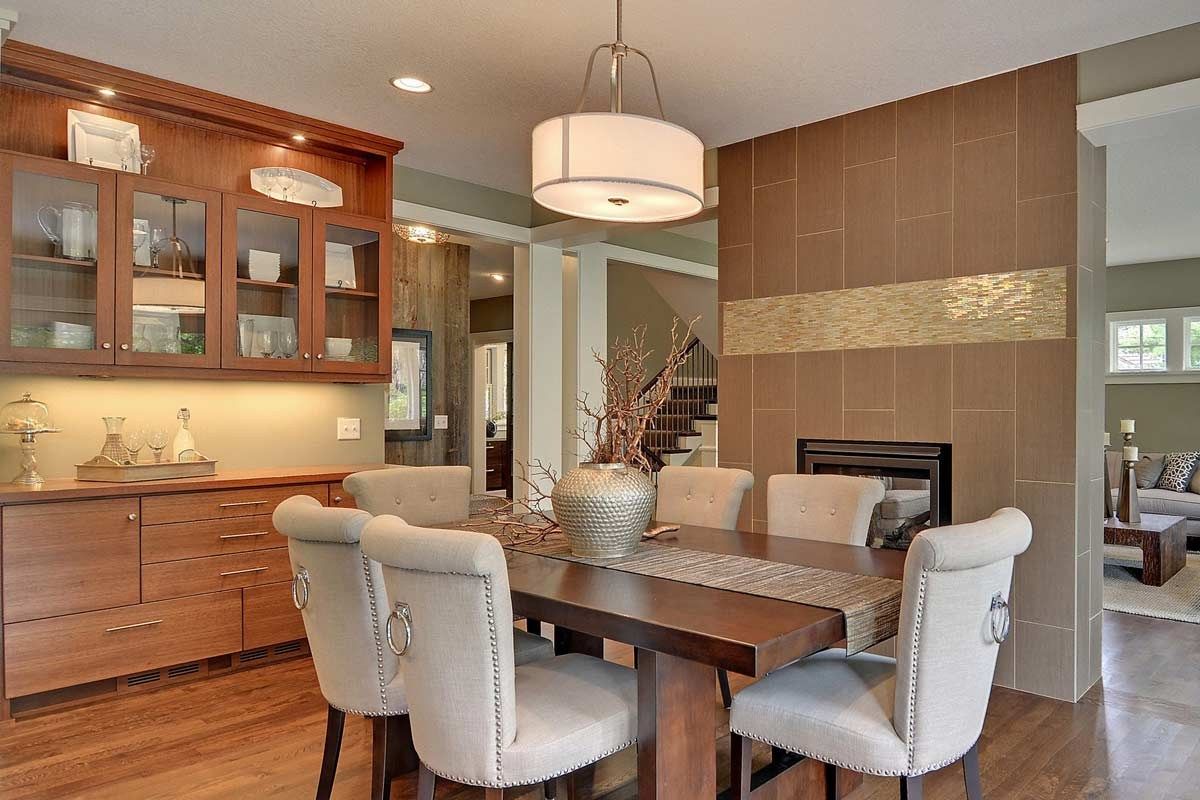
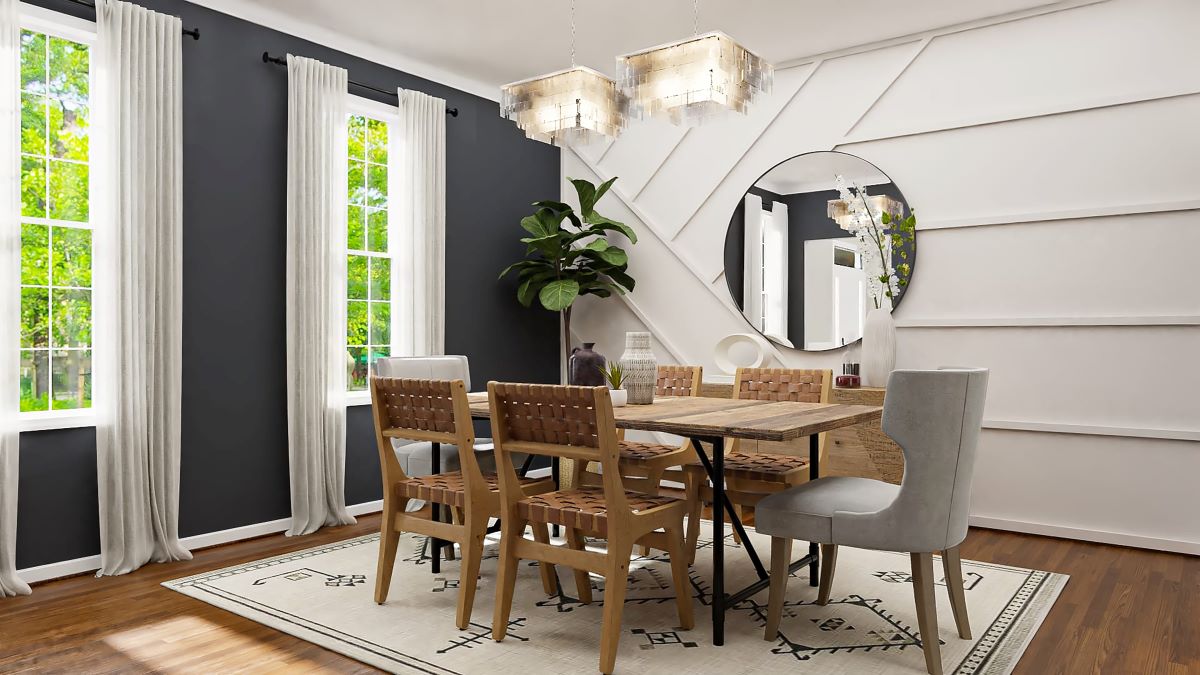
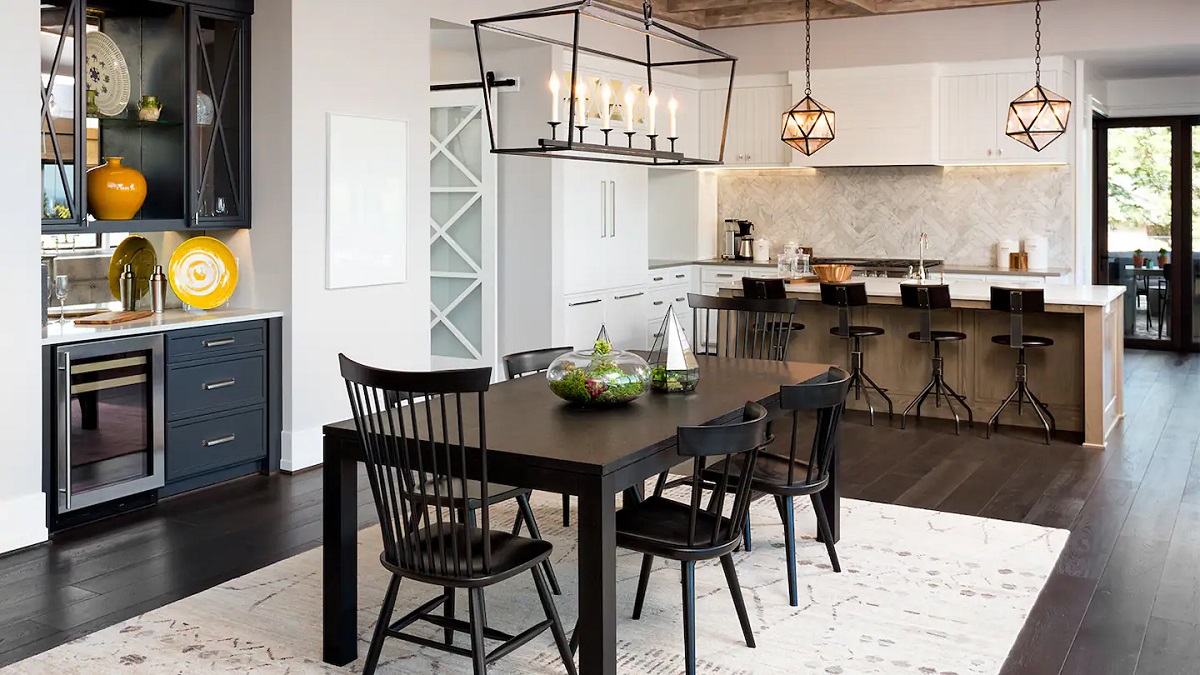
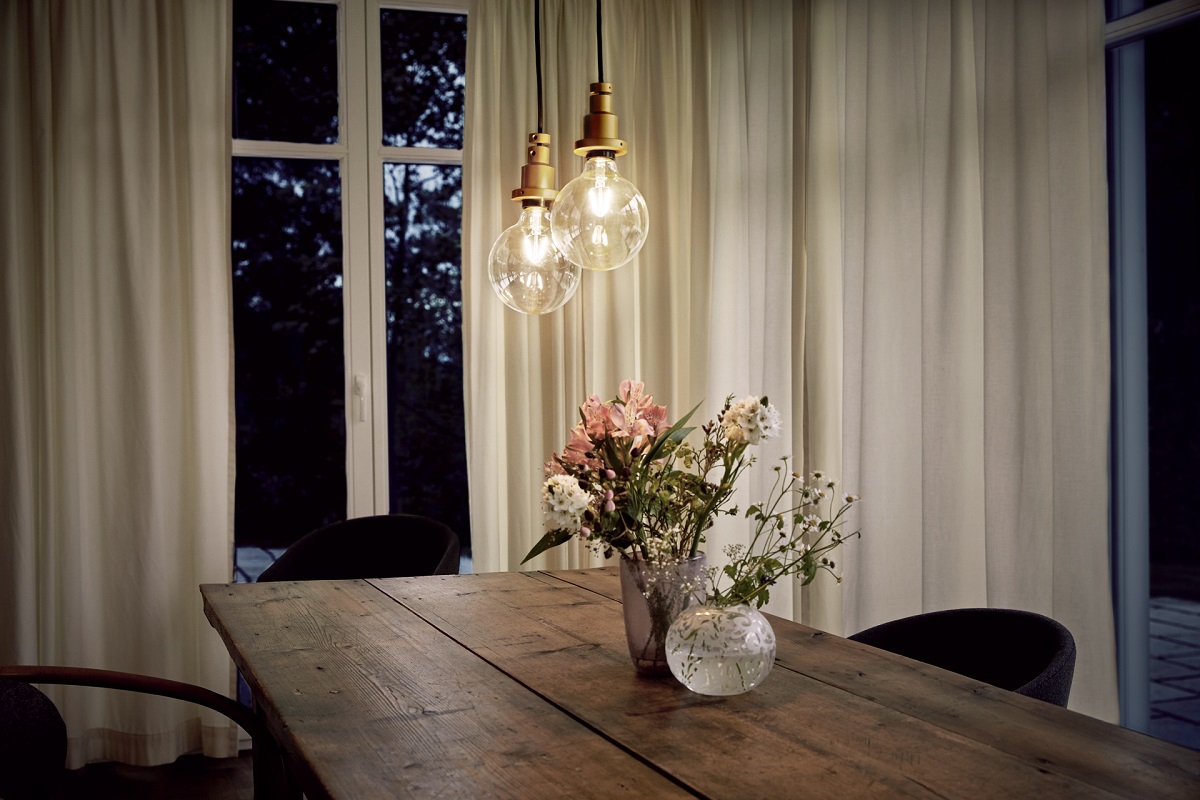
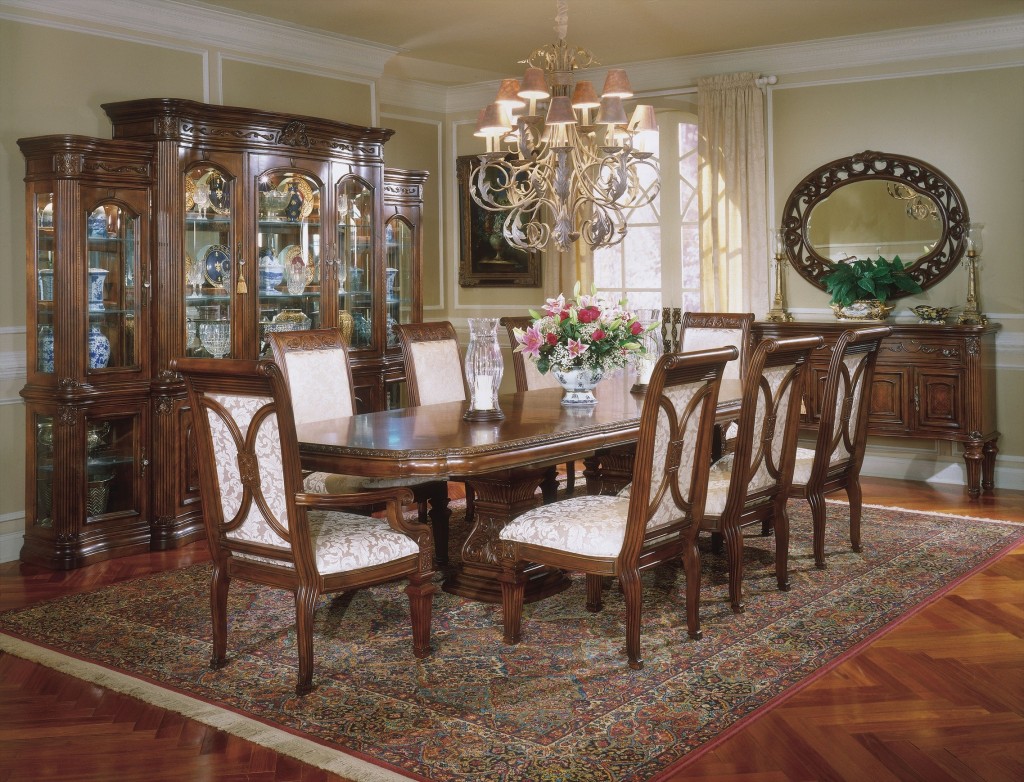

0 thoughts on “What Is A Dining Room”